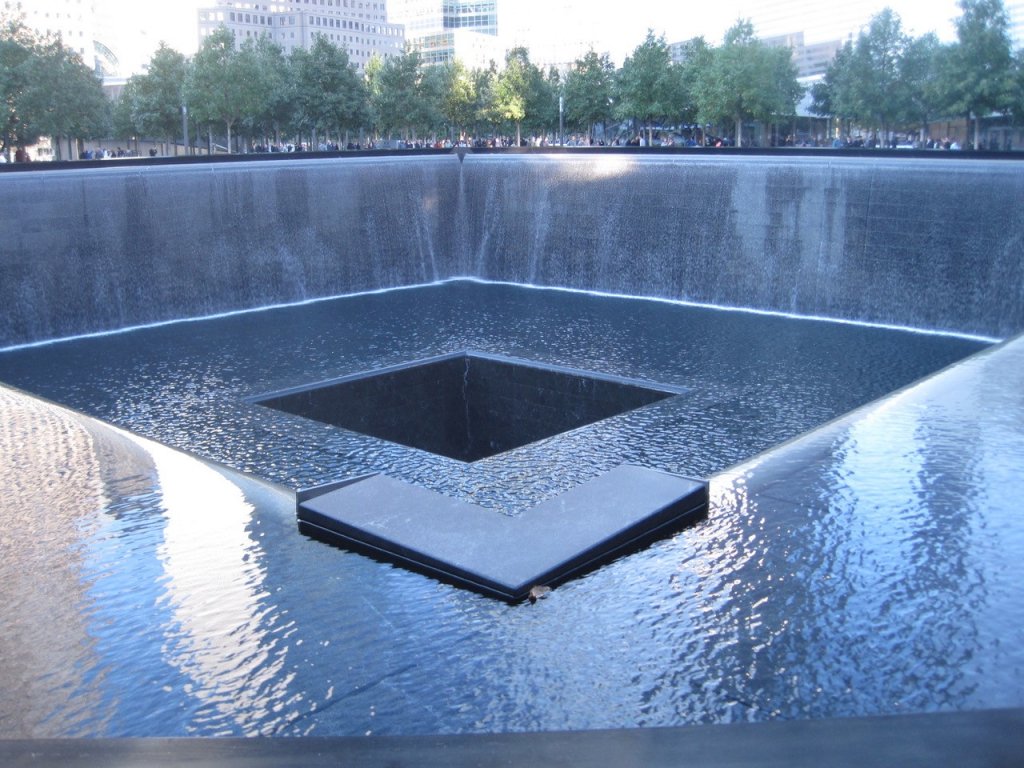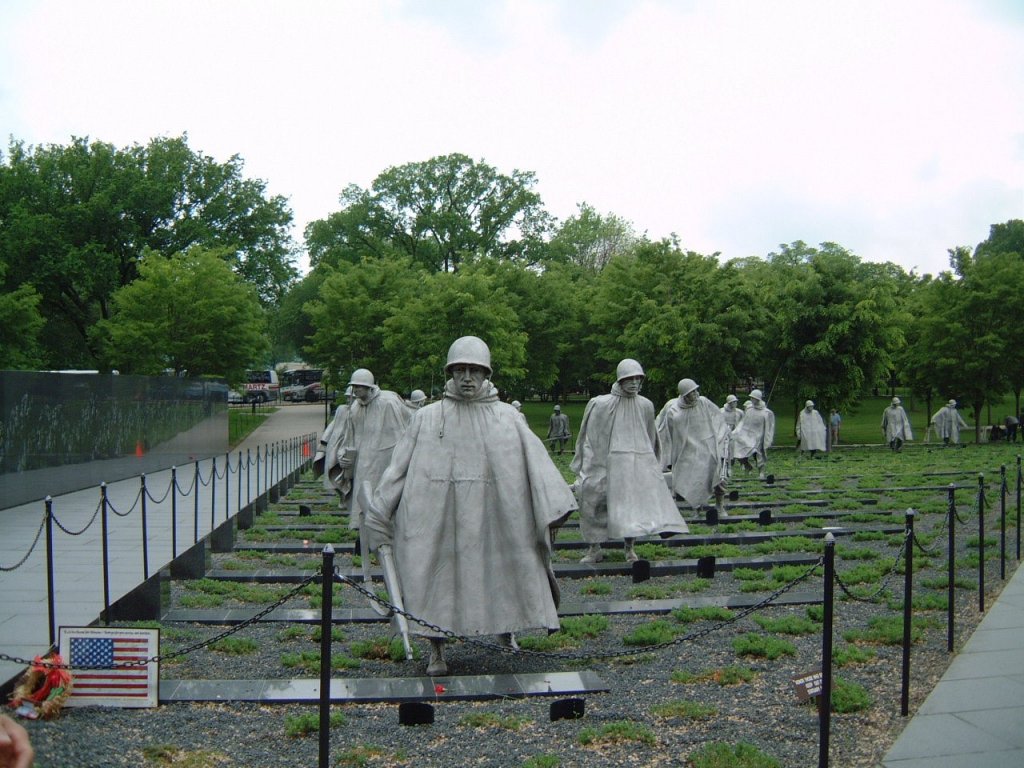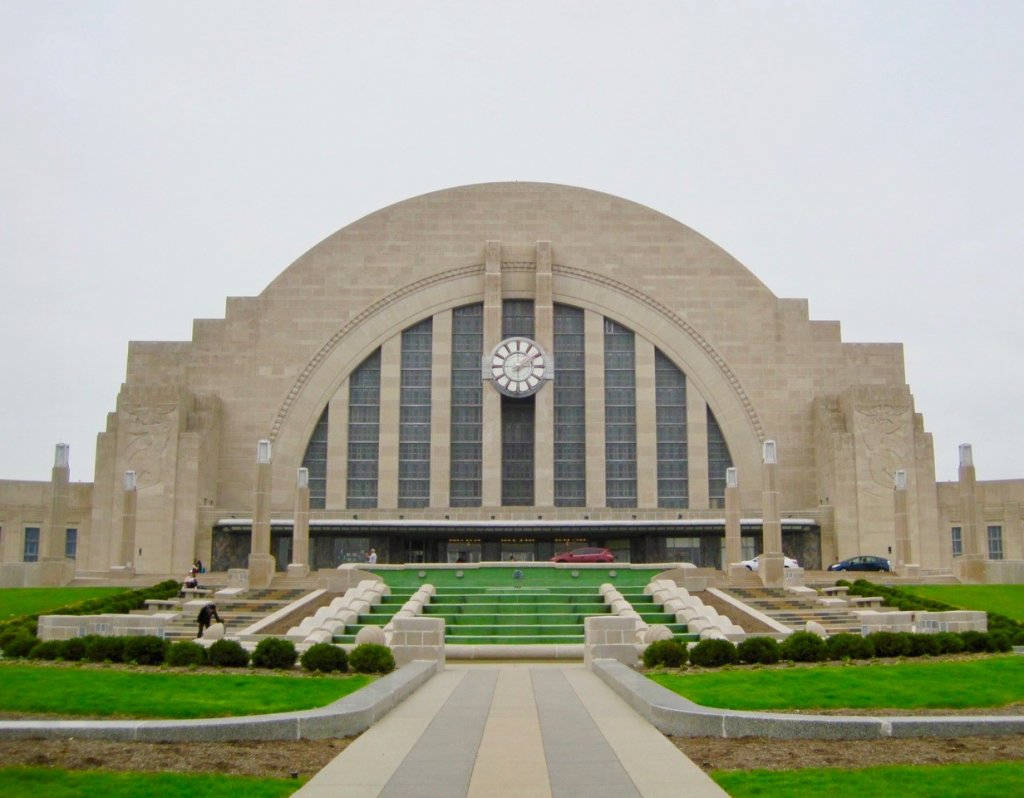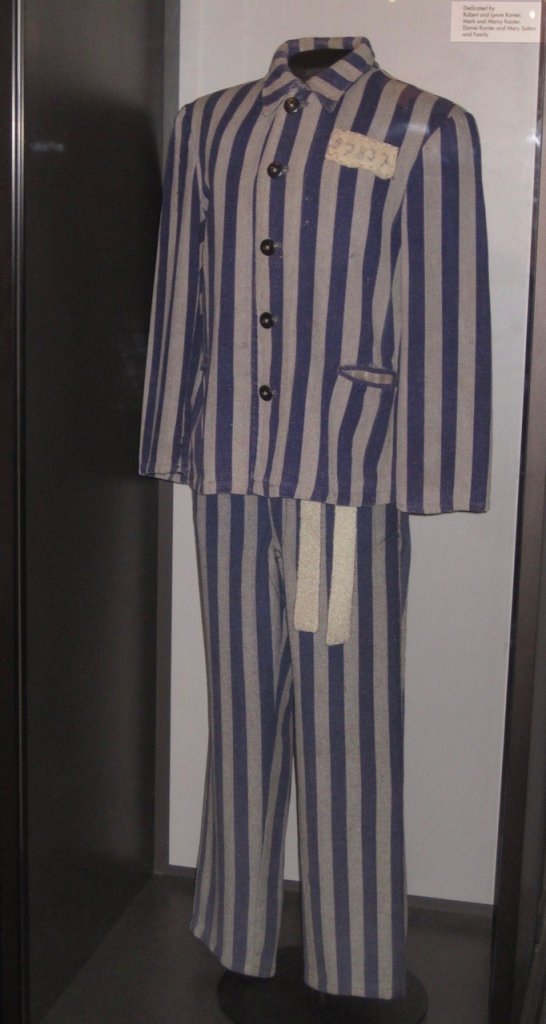BY JANET STEINBERG
During Memorial Day month, the 1905 words of George Santayana, a philosopher, essayist, poet and novelist ring truer than ever: “Those who cannot remember the past,” he said, ” are condemned to repeat it.” In a 1948 speech to the House of Commons, Sir Winston Churchill paraphrased Santayana’s quote when he said: “Those who fail to learn from history are doomed to repeat it.”
On Memorial Day, and throughout the year, a variety of memorial tributes across the United States make sure we shall never forget. Memorials, like people, come in all shapes and sizes. The following trio is a sampling of the diversity of memorials where folks can pay tribute on Memorial Day, or any day of the year.
MEMORIAL TO TERROR: 9/11…two numbers that will be forever etched in our minds…two numbers that will forever evoke the picture of those moments of tragedy when two planes flew into New York’s Twin Towers. The acts of heroism in the aftermath of the events of that day are now remembered at One World Trade Center (One WTC) and the 9/11 Memorial.
The super-tall One WTC is the tallest building in the United States, the tallest building in the Western Hemisphere, and the sixth tallest in the world. This main
building of the rebuilt World Trade Center has the same name as the North Tower of the original World Trade Center that was destroyed on 9/11. Including its spire, the building measures in at 1,776-feet tall…not a coincidence that its height in feet is the same as the year when the United States Declaration of Independence was signed.
building of the rebuilt World Trade Center has the same name as the North Tower of the original World Trade Center that was destroyed on 9/11. Including its spire, the building measures in at 1,776-feet tall…not a coincidence that its height in feet is the same as the year when the United States Declaration of Independence was signed.
 |
| ONE WORLD TRADE CENTER |
The National September 11 Memorial is a tribute of remembrance and honor to the 2,977 people killed in the terror attacks of September 11,
2001. Twin reflecting pools, featuring the largest man made waterfalls in North America, now sit where the Twin Towers once stood. Bronze panels
framing the Memorial pools are inscribed with the names of all who died as a result of the attacks on 9/11. Also included are the names of the six victims
of the World Trade Center bombing on February 26, 1993. This serene Memorial is a tribute to the past and a place of hope for the future.
2001. Twin reflecting pools, featuring the largest man made waterfalls in North America, now sit where the Twin Towers once stood. Bronze panels
framing the Memorial pools are inscribed with the names of all who died as a result of the attacks on 9/11. Also included are the names of the six victims
of the World Trade Center bombing on February 26, 1993. This serene Memorial is a tribute to the past and a place of hope for the future.
 |
| REFLECTING POOL AT 9/11 MEMORIAL |
MEMORIAL TO WAR: The Korean War Veterans Memorial reminds the world that the Korean War will no longer be the Forgotten War…a war in which 36,574 Americans died in hostile actions from June 25, 1950 to July 27, 1953. Located near the Lincoln Memorial on the National Mall in Washington, the Memorial commemorates the sacrifices of the 5.8 million Americans who served in the U.S. armed services during one of the hardest fought wars in our history. More than 2500 images of the troops are sandblasted into the polished black granite Mural Wall. The circular Pool of Remembrance is surrounded by a grove of linden trees. A commemorative plaque is inscribed: “Our nation honors her sons and daughters who answered the call to defend a country they never knew and a people they never met.”
Nineteen stainless steel statues, over seven-feet tall and weighing nearly 1000 pounds each, represent a platoon on patrol. It is made up of an ethnic cross
section of America and members of the Army, Marines, Navy and Air Force. The troops are dressed in full combat gear and are covered by ponchos that seem to
be blowing in the fierce Korean winds. The statues are separated by polished granite strips, which are said to symbolize the rice paddies of Korea.
They are standing in patches of Juniper bushes that represent the rugged terrain of Korea.
section of America and members of the Army, Marines, Navy and Air Force. The troops are dressed in full combat gear and are covered by ponchos that seem to
be blowing in the fierce Korean winds. The statues are separated by polished granite strips, which are said to symbolize the rice paddies of Korea.
They are standing in patches of Juniper bushes that represent the rugged terrain of Korea.
 |
| KOREAN WAR VETERANS MEMORIAL |
MEMORIAL TO THE HOLOCAUST & HUMANITY: The newest Memorial on the scene is the Nancy & David Wolf Holocaust & Humanity Center (HHC) that opened on January 27, 2019 in its new home at Cincinnati’s historic Union Terminal. The train station at Union Terminal is the very site where many Holocaust survivors arrived in Cincinnati to rebuild their lives after WWII.
 |
| HISTORIC UNION TERMINAL IS HOME TO THE HOLOCAUST & HUMANITY CENTER |
HHC was founded by a passionate group of survivors who wanted their experiences remembered and used as a warning to future generations. They wanted a memorial that would tell their tradition, how they died and how to prevent future massacres. They wanted something that would arouse people of all races and religions…something that would make sure that their loved ones had not died in vain. Through innovative storytelling, interactive experiences and genuine artifacts museum guests witness the strength and courage of the human spirit set against the backdrop of one of the darkest chapters in human history.
Two artifacts of note are the uniform of the late Leo Wilich and the Massacre Mural. Leo Wilich survived his imprisonment in the Dachau Concentration
Camp and was liberated with only the uniform on his body. He preserved that uniform and kept it securely stashed away in a box. Before Wilich
passed away, he would say that whenever he had a bad day, he would put on his uniform “and reflect on how lucky he was to be alive.”
Camp and was liberated with only the uniform on his body. He preserved that uniform and kept it securely stashed away in a box. Before Wilich
passed away, he would say that whenever he had a bad day, he would put on his uniform “and reflect on how lucky he was to be alive.”
 |
| PRESERVED CONCENTRATION CAMP UNIFORM |
Massacre is a sculptural mural created from over 60,000 spent bullet casings. This haunting “Einsantzgruppen Shooting Massacre” depicts a firing squad
shooting prisoners who are lined up in front of the trenches into which their dead bodies would be shoved.
shooting prisoners who are lined up in front of the trenches into which their dead bodies would be shoved.
 |
| MASSACRE SCULPTURE COMPOSED OF 60,000+ SPENT BULLET CASINGS |
It is unknown who originally said this quote, but each Memorial Day, and everyday, lest we forget its words: “May we never forget freedom isn’t free.”
Janet Steinberg, winner of 47-travel writing awards, resides in Cincinnati but calls the world her home.
